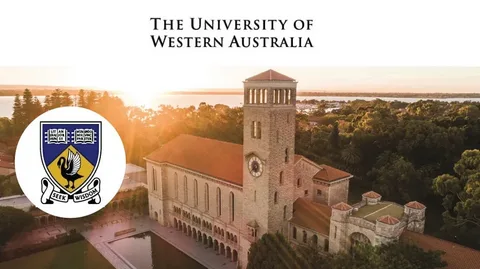High-Paying Unskilled Warehouse & Packaging Jobs in the UK 2025 – Earn Up to £28,000/Year
The United Kingdom continues to be one of the strongest economies in Europe, attracting both local and international workers with its wide range of employment opportunities. Among the roles in constant demand are unskilled warehouse and packaging jobs, which provide stable work, competitive pay, and the possibility of visa sponsorship for foreign applicants. In 2025, … Read more
